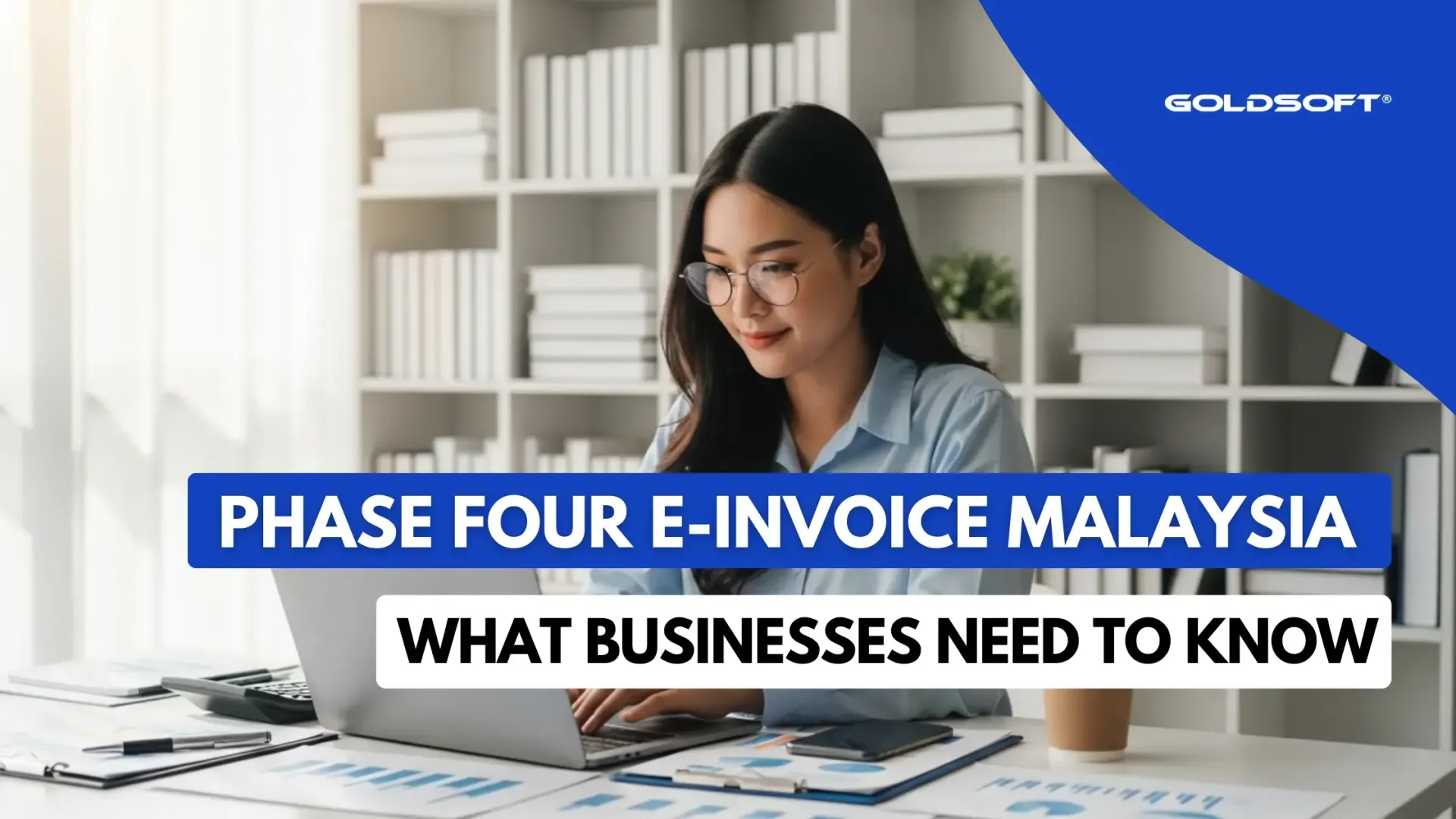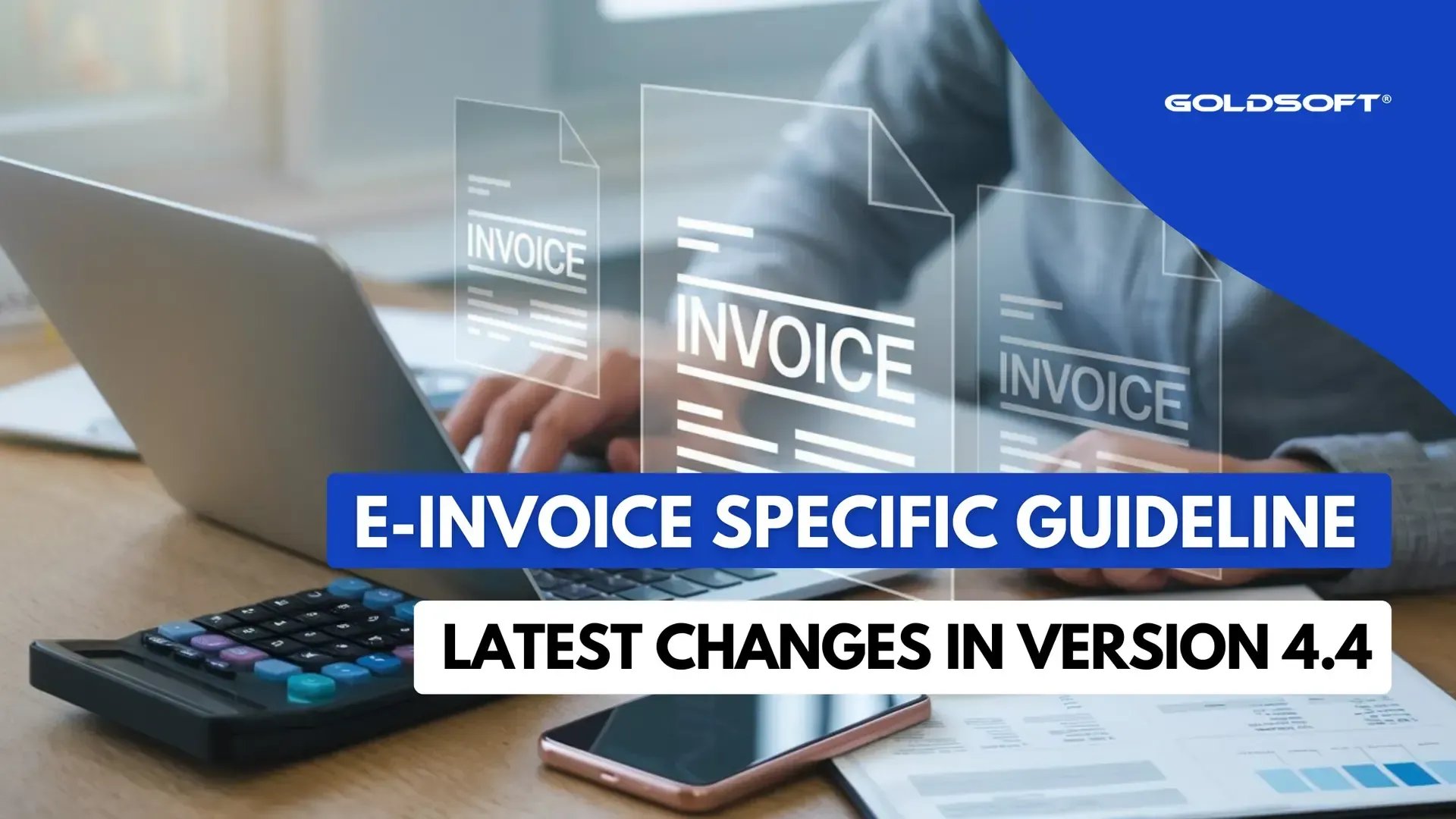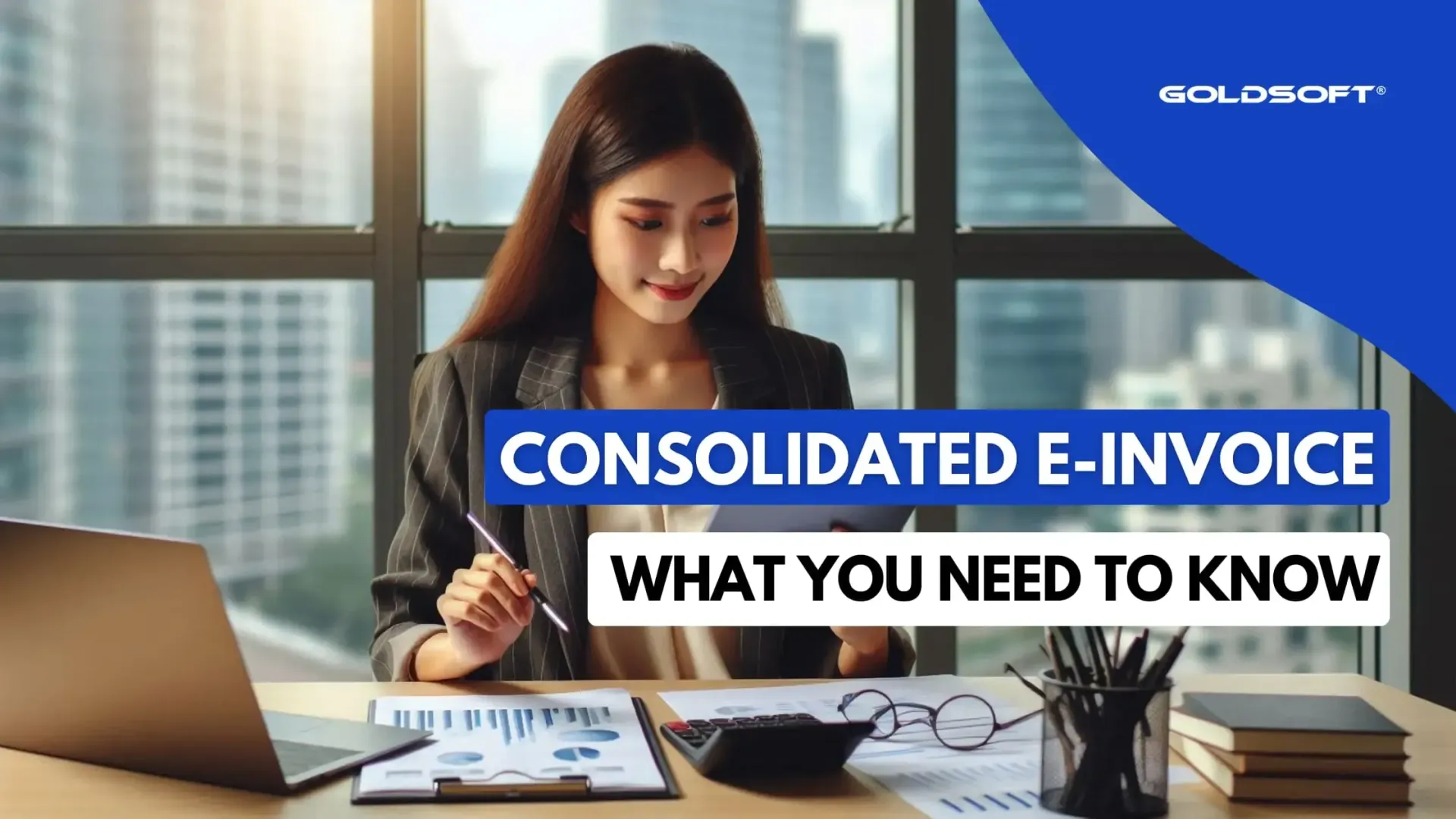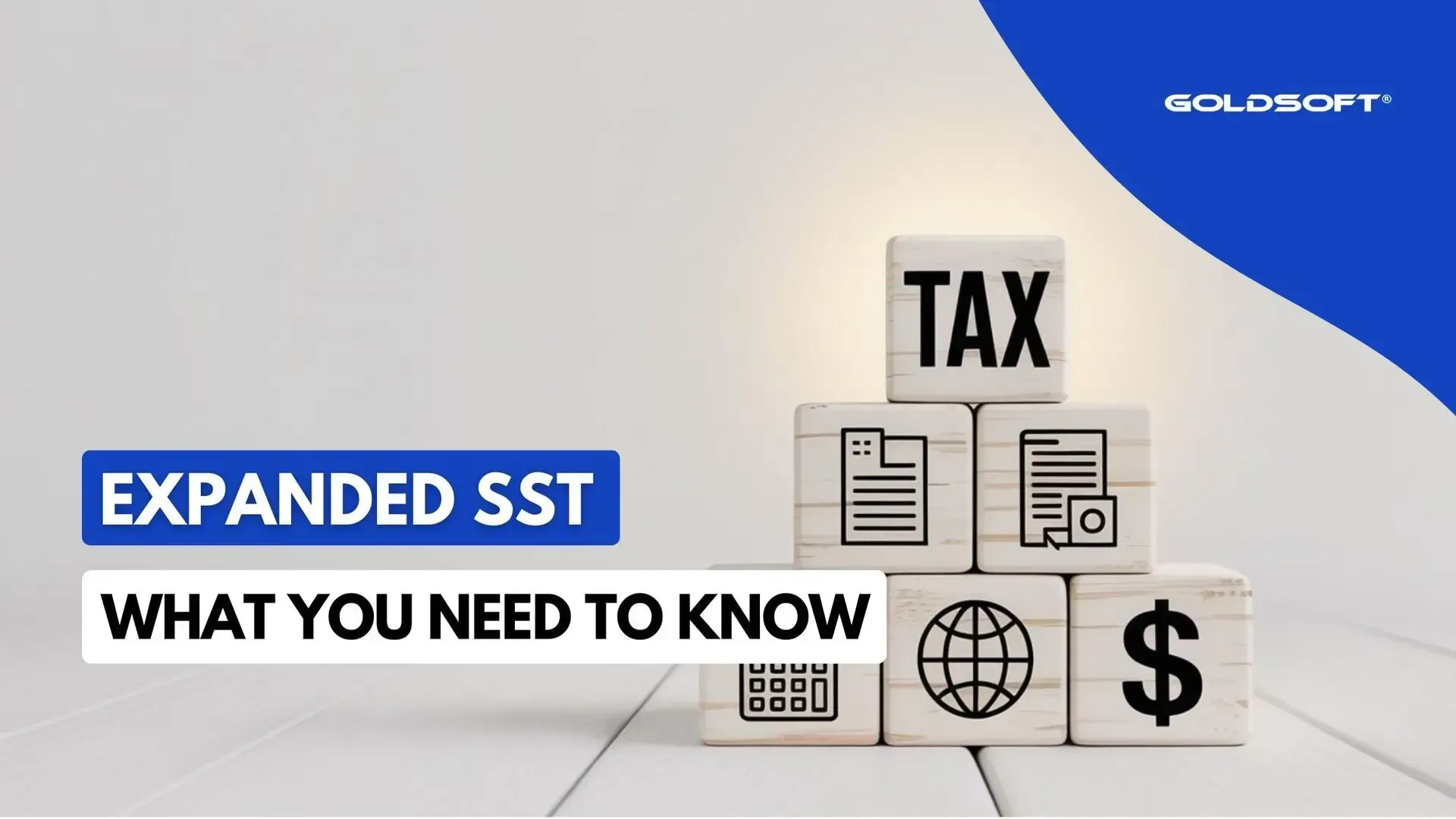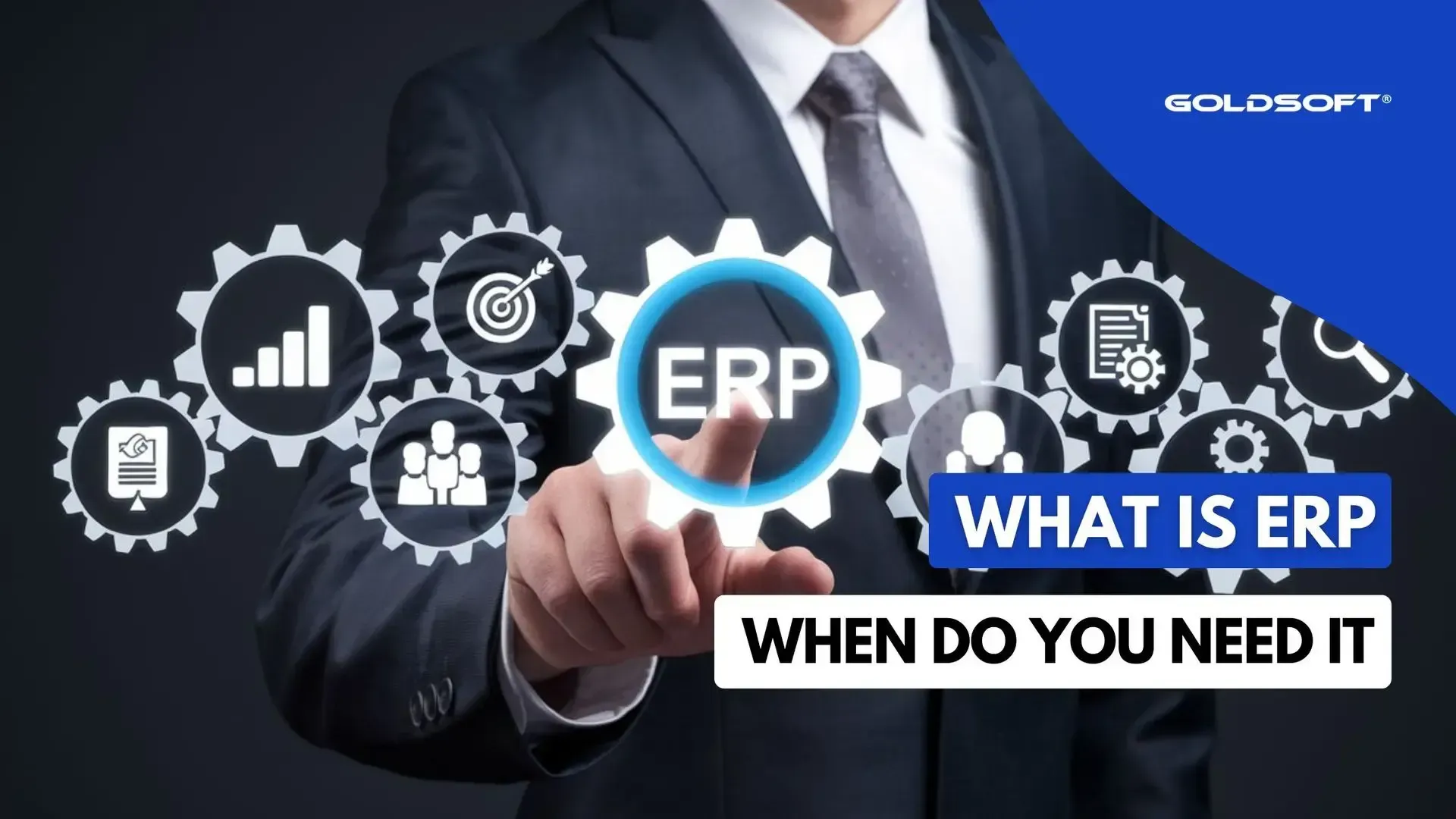
Beginning July 1, 2025, the e-invoicing mandate will apply to thousands more businesses nationwide. Phase 3 of the Inland Revenue Board of Malaysia (IRBM)’s e-Invoicing Initiative targets small and medium enterprises (SMEs), marking a pivotal shift in how everyday businesses handle invoicing, taxation, and recordkeeping.
Step 1: Check if Your Business Is Included
Check if your business meets the revenue threshold and confirm your mandatory start date.
Step 2: Choose the Right e-Invoice Mechanism
There are different methods businesses can use to submit e-invoices. Each method offers different features, and choosing the right one depends on your current setup.
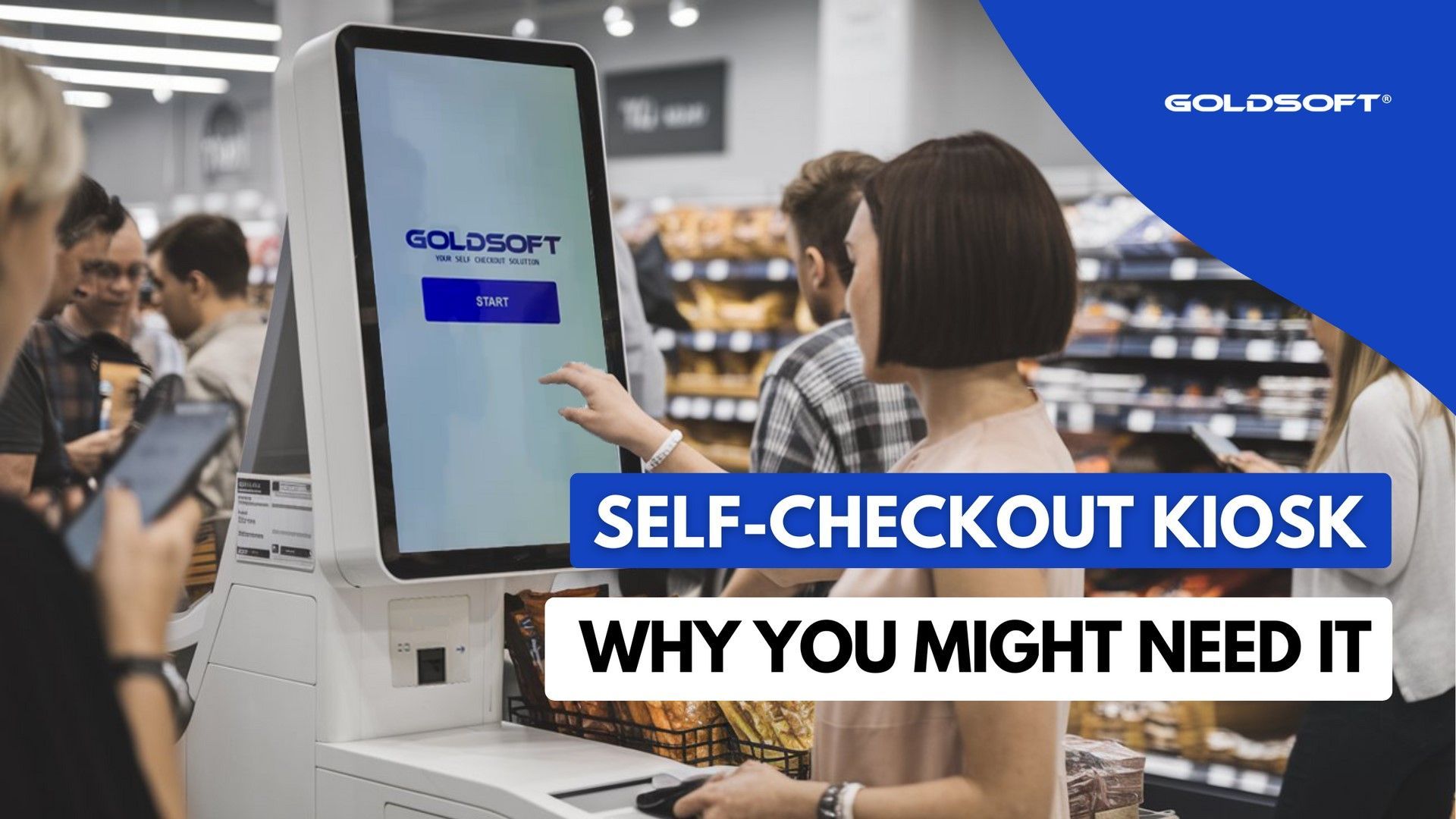
The way customers shop is changing, and businesses must adapt to keep up with evolving expectations. One of the biggest transformations in retail today is the adoption of self-checkout kiosks. Designed to enhance efficiency and convenience, self-checkout kiosks provide a modern alternative to traditional cashier-assisted transactions, ensuring a smoother shopping experience for both customers and store operators.


